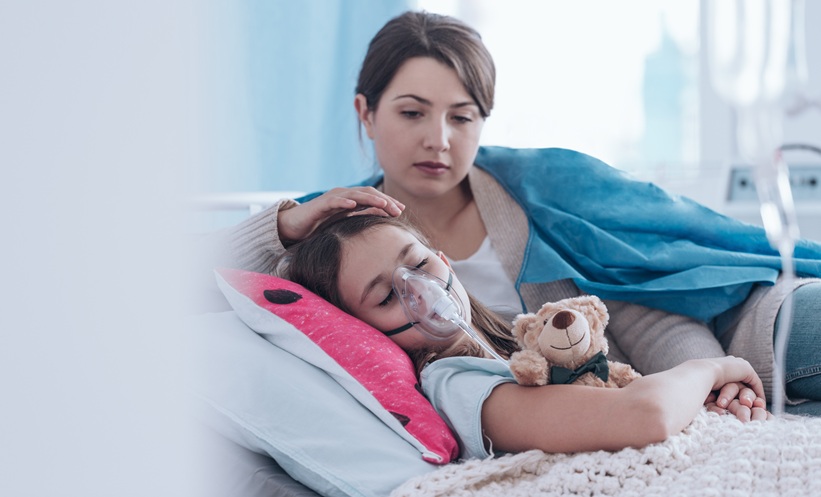Abstract
Wheezing in preschool children is very common, with a wide differential diagnosis. It is essential to be sure of the exact sound that parents are describing; the term ‘wheeze‘ is often applied to non-specific sounds. Structural airway disease such as vascular ring should be considered. Thereafter we propose that umbrella terms for preschool wheeze should be abandoned in favour of ‘Hargreave phenotyping’, in which the presence and extent of the components of infection, inflammation, variable airflow obstruction, and fixed airflow obstruction are determined as far as is possible, rather than using a general umbrella term such as ‘asthma’. The justification for this approach is that it leads to a logical approach to treatment in the disparate airway diseases presenting in the preschool years, and should hopefully prevent over-treatment with inhaled corticosteroids. If, despite this approach, doubt remains as to the nature of the airway disease, then a therapeutic trial of treatment is permissible, but it should be for a short defined period only. In any event, such children should be reviewed regularly to see if treatments need to be changed.
Please view the full content in the pdf above.







